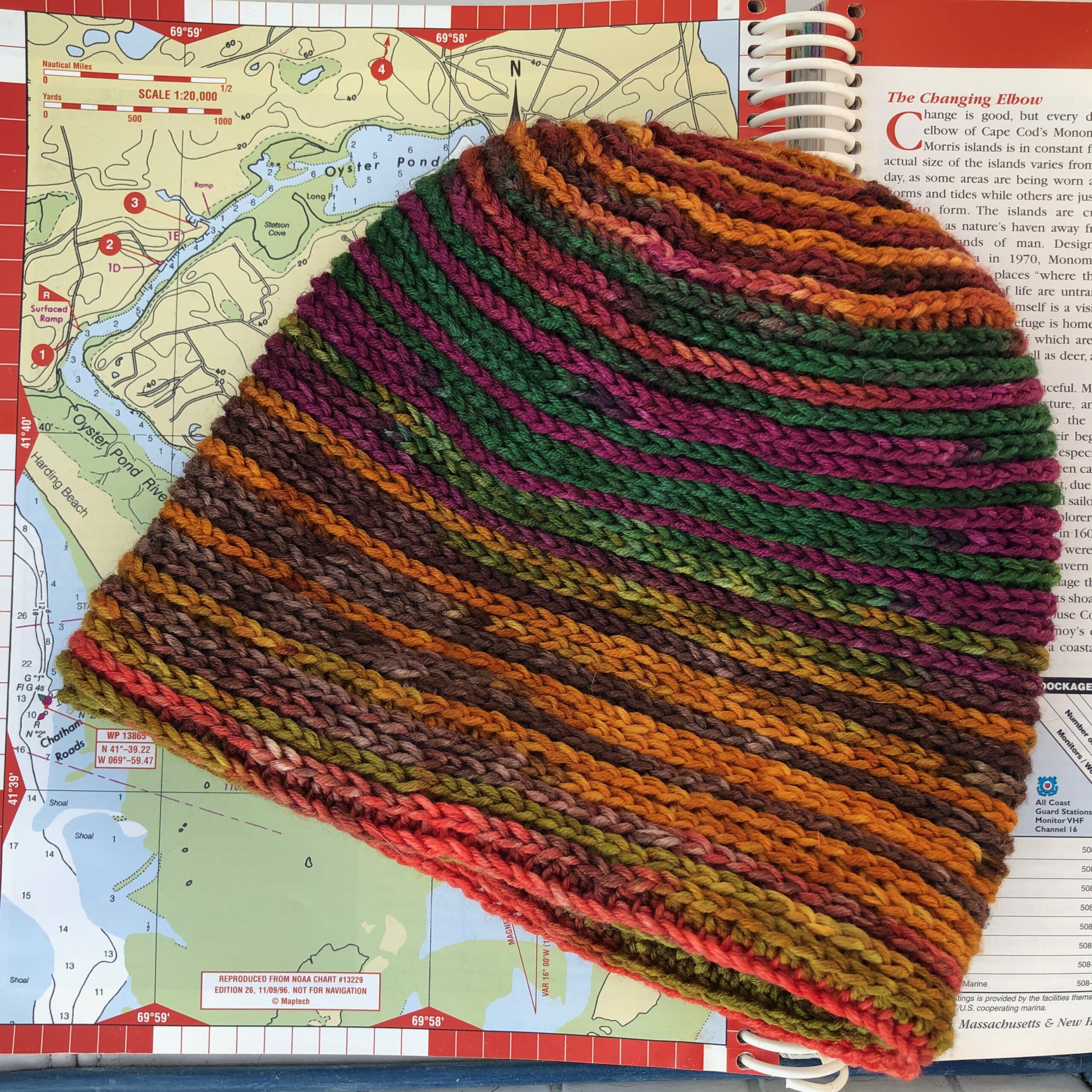Writing my book has been a big challenge for me. The biggest challenge right now is the timeline of the book’s introduction to the world. It won’t be out in print until next June, yep, 2023. So what’s a yarnie to do about the risk that one or more of the yarns could be discontinued by then? Well…. I’m not sure. Here’s what I’m thinking…..
How about I add a chapter into the book about yarn substitutions?
Basically I’m thinking this is what I need to do, love to get your feedback when you have a chance.
As you know, I am a big fan of yarn pairings; the careful interplay of a given yarn to the finished object produced by my own two hands is integral to my design process. So what goes into that? Let’s look through the attributes one at a time over the next few days, there’s a lot of material here to think about, rather than lecture, we’ll talk it out.
First, the yarn’s care instructions. Nothing breaks my heart like a customer who brings in a beautiful pair of socks knit using 100% cashmere fingering weight yarn rather than a suitable sock yarn or with proper reinforcing thread. It’s very difficult to explain how someone wasted thirty or more hours of precious knitting time making something completely useless and incredibly expensive. Who wants to dry clean a pair of socks every time they are worn? If that’s not bad enough, think of the heartbreak when the socks develop holes in them because the yarn simply cannot hold up to the rigor of being a sock. No, not my students, they know better. Before cracking open the latest selection of patterns, we always check the care label for the yarn.
Those fiddly little symbols on a yarn ball band are there for a reason, to warn you what you’re in for when it comes time to care for your finished garment. Luckily our friends at the Craft Yarn Council have a handy dandy list of those symbols and what they all mean. Many thanks to them for this as I never remember what the symbols represent. Here’s a link to the list and a sample of what you can find there:
https://craftyarncouncil.com/standards/care-symbols

Let’s talk through a few of them while your tea kettle boils or your wine chills….
Before you go mad attempting to memorize all of these or buy every symbol guild you can find on the ISO or ASTM standards web sites both of which are so unfriendly to use I will not even add the links here, consider the basics:
Is the yarn washable? If so, how?
Can it be put in the tumble dryer? Should it?
Will the recipient of this finished item be able to care for it properly?
Do I care? Of course you do, I just put this in to see if you were paying attention
These questions may seem straight forward enough, until you consider all of them at once. Take the case of superwash wool, a tricky beast indeed. It can be put in the washing machine and if it is put in the washing machine, it should be put in the dryer. Why? Because superwash wool tends to droop and stretch A LOT when wet. To reverse the adverse impact of a trip through the rigors of the washing machine superwash wool needs to also be abused by a tumble dry or blocked very carefully to restore it to its originally intended size. So if the future owner of the finished object does not have a tumble dryer or the patience to wet block, consider how this will impact his/her ability to care for the finished object long term.
Once you’ve established the yarn is capable of living the lifestyle of the person who will enjoy it, it’s time to consider the yarn itself. Comparing the yarn used in a particular pattern to the yarn you’d like to use starts here with the weight of the yarn. You may have noticed yarn companies are tending to use a numbered system to denote yarn weight rather than the traditional number of plies or wraps per inch system from which the well worn and over-used terms sock, fingering, dk, sport, worsted, aran and bulky are derived. The Craft yarn Council has once again saved the day by providing us with not only a list of weights but also a general set of guidelines for pairing them with hooks and needles, brilliant:
https://www.craftyarncouncil.com/standards/yarn-weight-system

Narrowing down the number of choices based upon the weight of the yarn used in the original pattern starts here. With the yarn weight in mind you can proceed to look at the composition of the yarn in the original pattern and the yarn you would like to use.
Certain fibers have specific attributes which make them more or less attractive for a given project. The percentage of each fiber in a given blend of yarn will influence the overall impact of that fiber on the yarn. For instance, 5% silk added to wool will add a bit of sheen but not contribute to the hand of the yarn as much as 5% silk added to superwash wool.
At this stage of the yarn substitution journey we’re looking at the materials which were used in the original yarn versus our subset of possible substitutes and in what percentages of each material are in the yarns. These will contribute to the overall hand of the yarn, the ability of it to retain its memory, show off fancy stitches, drape, and the elasticity of the yarn.
Ideally when substituting yarn it is desirable to get as close as possible on the materials used, construction and gauge. We’ll talk about that next week, I hear the kettle boiling, or maybe the blender, it’s Friday afterall…


Comments are closed